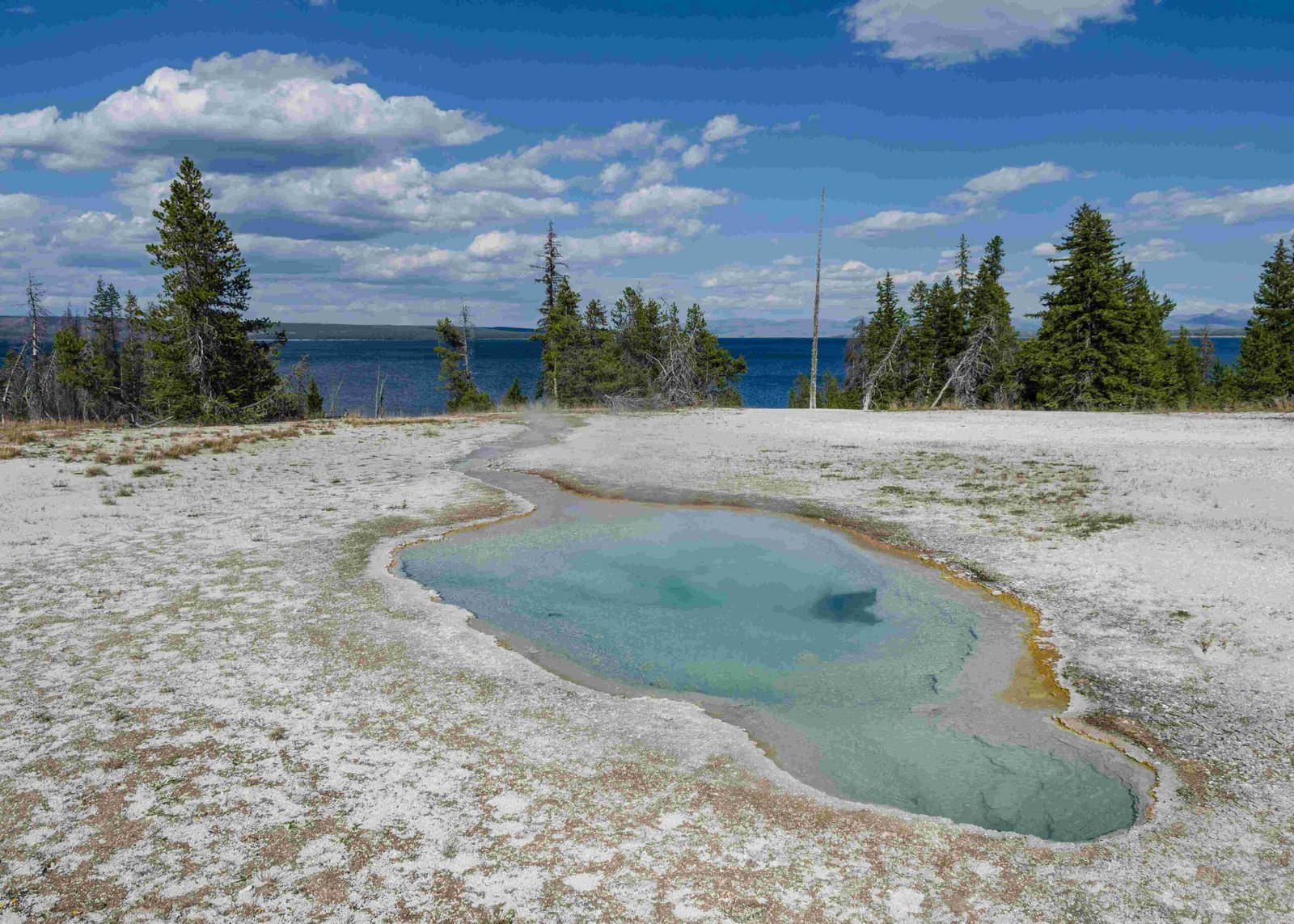Wolves play a crucial role in Yellowstone National Park’s ecosystem. Their reintroduction in 1995 has led to significant ecological changes, including the control of elk populations, recovery of vegetation, and positive impacts on other species. Wolves have triggered trophic cascades, altering the behavior of prey animals and influencing the entire food web. Their presence has restored balance to the ecosystem, making them a keystone species in Yellowstone.
What Are the Specific Ecological Roles of Wolves in Yellowstone?

Wolves in Yellowstone National Park fulfill several vital ecological functions:
- Prey Population Control:
- Primary prey: Elk
- Elk population reduction: From 17,000 in 1995 to 4,000 today
-
Result: Reduced overgrazing of vegetation
-
Trophic Cascade Effects:
- Recovery of willow and aspen stands
-
Increased populations of:
- Songbirds
- Beavers (from 1 colony in 1995 to 9 colonies currently)
- Fish
-
Behavioral Changes in Prey:
- Altered elk behavior:
- Increased movement
- Different habitat usage
- More cover-seeking behavior
-
Outcome: Further reduction in browsing pressure on vegetation
-
Impact on Other Species:
- Reduced coyote populations
- Increased survival rates of pronghorn fawns
- Provision of carcasses for scavengers
How Have Wolves Quantitatively Affected Yellowstone’s Ecosystem?

The reintroduction of wolves in 1995 has led to several measurable changes in Yellowstone’s ecosystem:
| Aspect | Before Wolf Reintroduction | After Wolf Reintroduction |
|---|---|---|
| Elk Population | 17,000 | 4,000 |
| Willow Stands | Heavily browsed | 5x original size in some areas |
| Beaver Colonies | 1 | 9 |
| Riverbank Stability | Less stable | More stable, reduced erosion |
| Grizzly Bear Numbers | Lower | Increased |
| Songbird Populations | Lower | Increased |
These quantitative changes demonstrate the far-reaching impact of wolves on Yellowstone’s ecosystem, from vegetation recovery to the creation of new habitats for various species.
What Are the Current Wolf Numbers and How Do They Affect Ecosystem Health?
The current wolf population in Yellowstone National Park fluctuates but typically maintains around 100 wolves distributed across several packs. This population is crucial for maintaining ecosystem health:
- Wolf Monitoring Programs:
- Yellowstone Wolf Project led by wildlife biologists
-
Monitors wolf populations, behavior, and ecosystem impact
-
Population Trends:
- Stable wolf densities generate significant ecological effects
-
Influenced by factors such as:
- Human activity
- Drought
- Other predators
-
Research Studies:
- Highlight importance of genetic diversity in wolf populations
- Example: Isle Royale National Park study
- Single wolf with diverse genetics improved overall population fitness
- Affected moose and forest ecosystem dynamics
How Can Visitors Observe and Learn About Wolves in Yellowstone?
Yellowstone National Park offers various opportunities for visitors to observe and learn about wolves:
- Best Locations for Wolf Viewing:
- Lamar Valley (\”Serengeti of North America\”)
- Hayden Valley
-
Open spaces with higher chances of wolf sightings
-
Guided Tours:
- Available through tour operators and park ranger programs
-
Often scheduled during peak wolf activity times (early morning or late evening)
-
Accessibility Options:
- Accessible viewing areas and roads
- Use of binoculars and spotting scopes from designated areas
-
Some guided tours may require hiking or off-road travel
-
Associated Costs and Schedules:
- Ranger-led programs: Free or low-cost
- Private guided tours: Range from hundreds to thousands of dollars
- Schedules align with wolf activity times
By participating in these activities, visitors can gain a deeper understanding of why wolves are important to Yellowstone National Park and witness their impact on the ecosystem firsthand.
Why Is Genetic Diversity Important for Wolf Populations in Yellowstone?
Genetic diversity plays a crucial role in maintaining healthy wolf populations in Yellowstone:
- Population Resilience:
- Diverse genetics increase resistance to diseases
-
Improves adaptability to environmental changes
-
Reproductive Success:
- Reduces inbreeding depression
-
Enhances overall fitness of the population
-
Long-term Survival:
- Ensures the wolf population can evolve and adapt over time
-
Crucial for facing challenges like climate change
-
Ecosystem Impact:
- Healthier wolf populations exert stronger ecological effects
- Maintains the balance of trophic cascades in Yellowstone
The importance of genetic diversity is exemplified by the Isle Royale National Park study, where the introduction of a single genetically diverse wolf significantly improved the population’s health and ecological impact.
How Do Wolves Contribute to Biodiversity in Yellowstone?
Wolves contribute to Yellowstone’s biodiversity in multiple ways:
- Direct Predation:
- Controls populations of large herbivores
-
Prevents overgrazing and habitat destruction
-
Indirect Effects:
- Alters prey behavior, leading to habitat diversification
-
Creates opportunities for other species to thrive
-
Carcass Provision:
- Wolf kills provide food for scavengers
-
Supports diverse communities of birds and mammals
-
Vegetation Recovery:
- Allows regrowth of trees and shrubs
-
Creates diverse habitats for various plant and animal species
-
Riparian Ecosystem Enhancement:
- Improved stream and river habitats
- Supports aquatic and semi-aquatic species
By influencing multiple trophic levels, wolves help maintain a rich and diverse ecosystem in Yellowstone National Park.
References:
1. https://extension.colostate.edu/topic-areas/people-predators/ecological-effects-of-wolves-8-005/
2. https://news.asu.edu/20230901-surprising-role-gray-wolves-ecosystem-dynamics
3. https://www.yellowstonepark.com/things-to-do/wildlife/wolf-reintroduction-changes-ecosystem/

